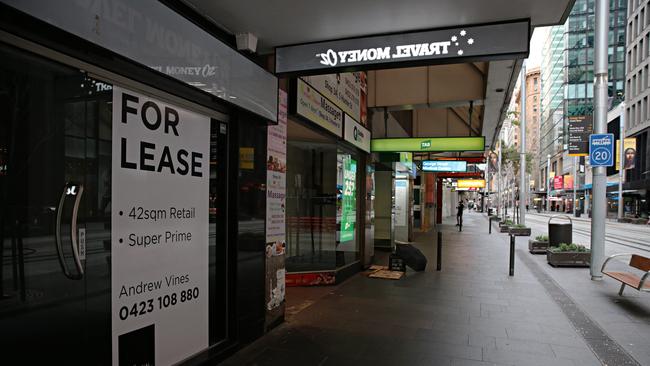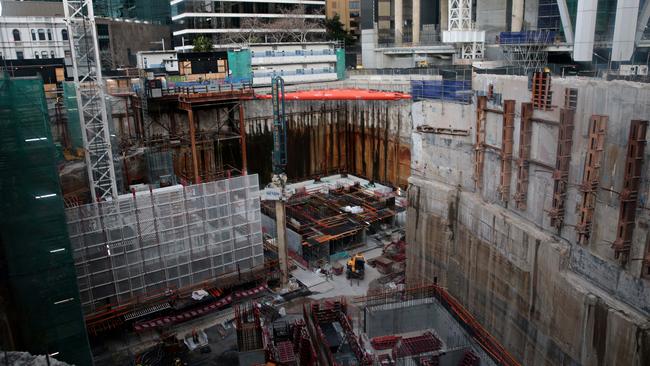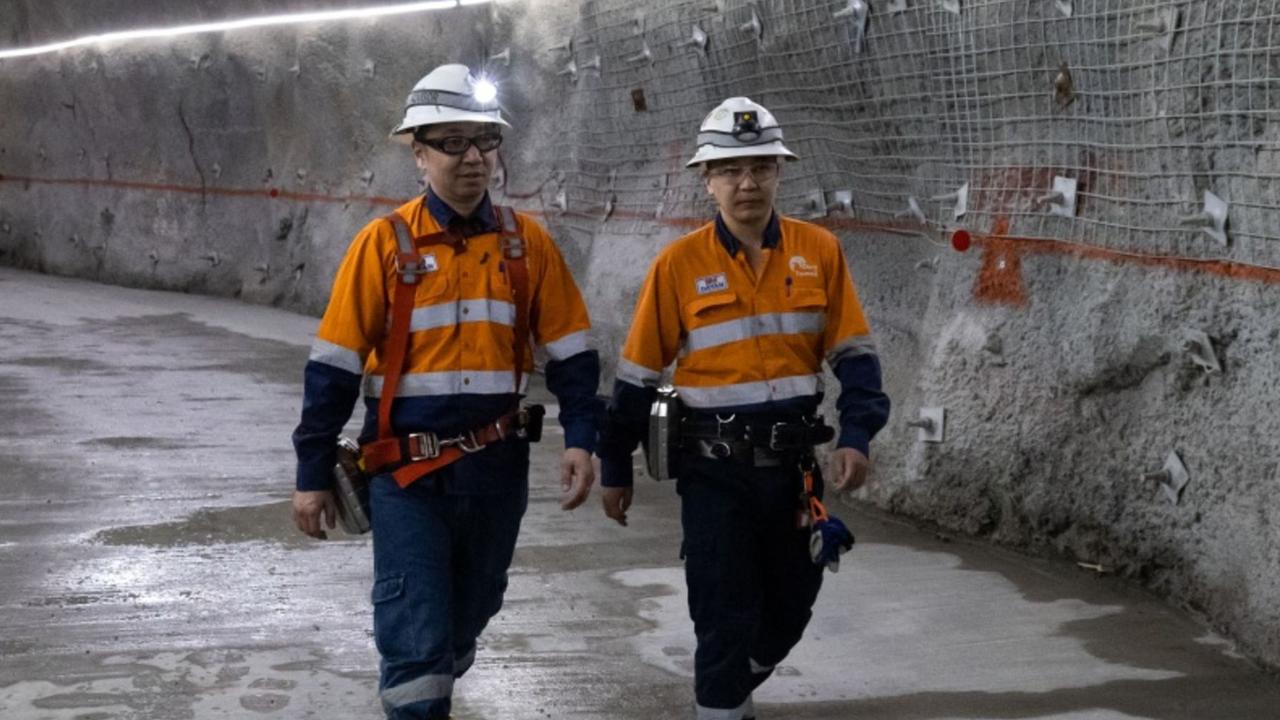
It might seem like a weird, weird world, and it certainly is. I could throw in the contrast with the UK, where Covid cases were running around 50,000 a day – the equivalent of 5000 a day in Victoria and over 6000 a day in NSW – and yet they were opening up as we close down with far, far fewer cases.
Now true, they are really only “sort of” opening up – you are still supposed to isolate if you are a close contact of someone who tests positive and there are still assorted restrictions.
But obviously, it’s all about the vaccine. Around 90 per cent of the UK adult population has had one shot; nearly 70 per cent have had two shots. And almost all of them, by the way, were AstraZeneca, which we have plenty of.
So, yes, cases in the UK will be high – although there are signs the numbers are starting to fall even just one week into (semi) “Covid Freedom” – but deaths and hospitalisations won’t and haven’t been.
The UK is providing us with a real-time case study of whether we can go back to a normal pre-2020 life with the virus and the vaccine. And also, precisely, what are bad consequences from the saviour – from the vaccine.
The consequences of the NSW lockdown – with or without Victoria staying in lockdown past Tuesday night – are devastating for the NSW economy, but also seriously negative for the rest of the country.
Last year when Victoria was in lockdown all on its own through the September quarter, it lopped around 1.5 to 2 per cent off growth in the national economy.
Springing back from the national lockdown through the June quarter which sent the whole Australian economy plunging a totally unprecedented 7 per cent, September quarter growth was 3.5 per cent.
It would have been around 5 per cent if Victoria – one-quarter of the whole economy – had joined in.

NSW is closer to one-third of the national economy. If it stays in lockdown all quarter its negative impact will be even worse. The real horror story – right now, thankfully, hopefully, probably averted – is if Victoria had stayed locked down all quarter as well.
This year we don’t have the original – super-generous – JobKeeper 1.0; we have JobKeeper 2.2 (which ‘developed’ from the too-measly JK 2.0 at the time of Victoria’s Lockdown 4.0).
The big plus in terms of boosting the overall economy in the September quarter last year was that JK was still being paid to the three-quarters of the economy that didn’t need it as those states weren’t in lockdown.
That was the biggest taxpayer-funded boondoggle in Australia history – as analysis from the Parliamentary Budget Office showed this week. Extraordinarily, over $12bn was even paid to businesses that didn’t meet the JK criteria for getting the money.
But what was a boondoggle at the individual business level was a boost to the economy at the macro level. It was also a big factor – combined with those 2 per cent home loan rates – in unleashing the property boom.
This year we won’t have the JK factor – unless treasurer Josh Frydenberg changes his mind – but we’ve still got the 2 per cent interest rates. That suggests to me a plateauing rather than a falling or continued rising property market through the rest of the year.
As for the share market, as I keep telling you, it’s all in the gift of Wall St and behind Wall St a US Fed that is petrified at any suggestions or signs of a big fall in share prices and lush bonuses for the greediest people on the planet.
Our market, just, hit a new peak on Friday because Wall St was hitting new highs – finishing overnight Friday over 35,000 for the first time ever.
The Fed will try everything to keep the music playing, and it will succeed for a time. But that will only make the ultimate reckoning all the more dramatic and catastrophic – and produce a lot of volatility in the journey.
Right now a new factor is underwriting the market – the profit reports that are starting to flow in the US for the June quarter. They are beating all the ‘expert’ predictions – which tells you a lot about ‘experts’.
The core reason profits are good is that US companies are raising prices – and boosting their revenues and profits.
That’s also known as ‘inflation’ which the Fed is supposed to fight with higher interest rates. Not only is the Fed not fighting the inflation it’s not even ‘seeing it’.
At some point it’s all going to implode and implode catastrophically big-time. But right now, heck, it’s all great.




NSW’s now extended lockdown is taking the whole Australian economy back to a hard landing – yet on Friday the share market hit a new all-time high and there are no signs of any slackening in the property boom.